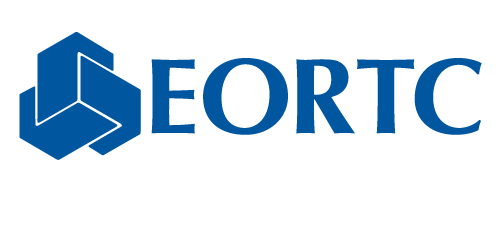Promising results for the ultra-low risk patient group in latest MINDACT analysis
27 Jan 2022
The MINDACT (EORTC 10041/BIG3-04) study, a multicentre, randomised phase 3 clinical trial, aims to identify those women with early-stage breast cancer who can be spared chemotherapy after surgery through the use of a genomic and clinical risk assessment. Between 2007 and 2011, 6693 patients aged 18 to 70 whose cancer had either not spread to the lymph nodes under the arm, or to no more than three nodes, were enrolled to the trial, which was carried out in 112 institutions in nine European countries.
The latest sub-group analysis, published recently in the Journal of Clinical Oncology* looked at the 15% of patients who had an ultra-low genomic risk of recurrence based on the 70-gene signature MammaPrint. After a median follow-up of 8.7 years, 99% of these patients had not died from their disease, and their risk of cancer spreading to other parts of the body (distant metastasis) was significantly less than for patients with low-risk tumours. Patients with ultra-low risk tumours had an excellent prognosis regardless of the result of their clinical risk assessment.
Of the ultralow-risk patients, 67% were aged 50 years or more, and 99% were estrogen receptor (ER)-positive. Systemic therapy was received by 84% of patients (69% endocrine therapy (ET), 14% endocrine therapy plus chemotherapy, 1% other) and 16% received no adjuvant systemic treatment.
“Although trials have shown that gene signatures can be used to identify subgroups of patients who can safely be spared chemotherapy, current guidelines still include the use of ET in all hormone receptor positive patients, even those at very low risk” said Dr Josephine Lopes Cardozo, from the Netherlands Cancer Institute and EORTC. “ET side effects are often underestimated, and, as a result, adherence to the treatment is poor, with only half of all patients finishing a five-year course. Our analysis of ultra-low risk patients shows that these patients might be candidates for further reduction of treatments such as ET.”
The investigators hope that the ultra-low risk gene signature will be used in future trials investigating the de-escalation of ET in order to achieve a better balance between benefit and harm. Findings from earlier studies have suggested that the introduction of population-based screening programmes has led to an increase of tumours with low-risk and ultra-low risk molecular profiles, and that these are over-represented within screen-detected cancers. “Being able to identify these patients who may have a limited benefit from ET could help to personalize treatment by reducing treatment durations or completely omitting ET and ultimately preventing overtreatment,” says Dr Lopes Cardozo. “This would have benefits not only for patients, but also save money for healthcare systems.”
*DOI: 10.1200/JCO.21.02019
Related News
Meet the new EORTC Board
9 Jul 2024
We are pleased to announce the release of the EORTC 2023 Annual Report
17 Jun 2024
Dr Denis Lacombe, EORTC CEO, appointed stakeholder co-chair of ACT EU advisory group
24 May 2024
Clinical Trials Day 2024: a Q&A on pragmatic clinical trials
20 May 2024
EORTC/EMA workshop suggests an international way forward for treatment optimisation studies
8 May 2024
EORTC’s Participation at the ESTRO Congress 2024
29 Apr 2024
EORTC: Advancing research and treatment for rare cancers
29 Feb 2024
EORTC Fellowship Programme: celebrating more than 20 years of impactful collaboration
22 Feb 2024
Appointment of Malte Peters as EORTC Strategic Alliance Officer
9 Feb 2024
Unique series of workshops in partnership with the European Medicines Agency (EMA)
7 Feb 2024


